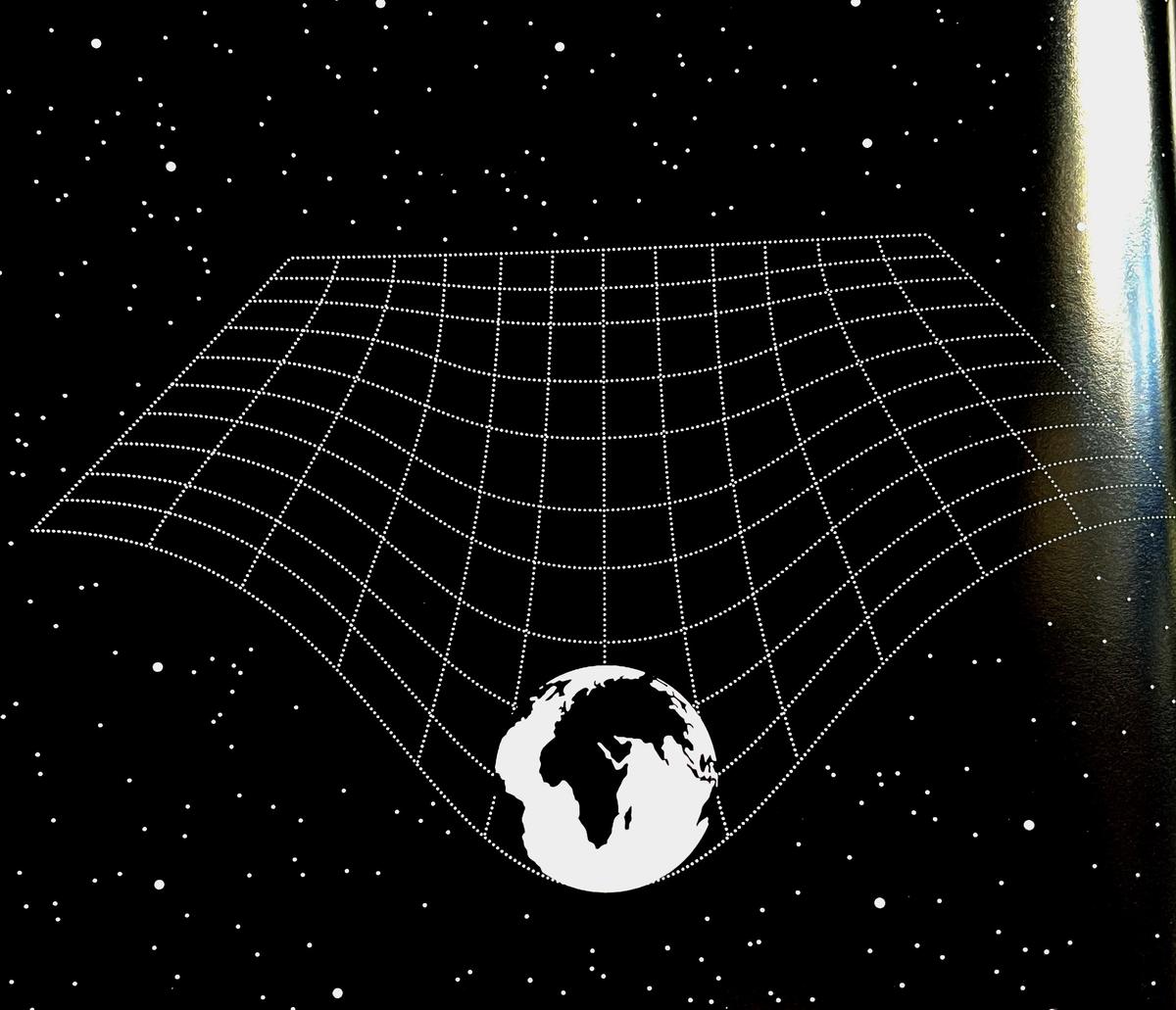Mind Blown

Starlings fly around in swooping, intricately coordinated patterns.
It was the legendary Sir Isaac Newtonwho discovered that gravity is a force ofattraction that pulls together all things inthe universe. Gravitational pull depends on how large and close one object is to another. For example, the Sun has a lot more gravity than the smaller planet, Earth, but becauseof our proximity, instead of being pulled towards the Sun, we stay planted on the planet's surface. Thanks for that, Earth.
The genius of Newton was to tell us what gravity is. To figure out how it works required another genius, Albert Einstein. Turns out it wasn't a force, as Newton had supposed, but something far stranger than that. With his General Theory of Relativity, Einstein developed a mind-blowing new way to describe gravity and what causes it.
What Einstein discovered is that gravity is a natural consequence of a mass's distortion on space and time itself. In his theory, he expressed this as 'space-time'. Any object distorts the fabric of space time, and the bigger the object, the greater the effect. The object can warp, bend, push or pull the space-time around them.
Just as a bowling ball placed on a rubber sheet stretches the material, so too do planets and stars warp space-time. Any marble rolling along the same rubber sheet will be drawn towards the bowling ball. In the same way, planets orbiting the Sun aren't actually being attracted by it, they're following the curved space-time deformation caused by its massive weight. The speed at which they're travelling is the reason the planets don't fall into the Sun.

